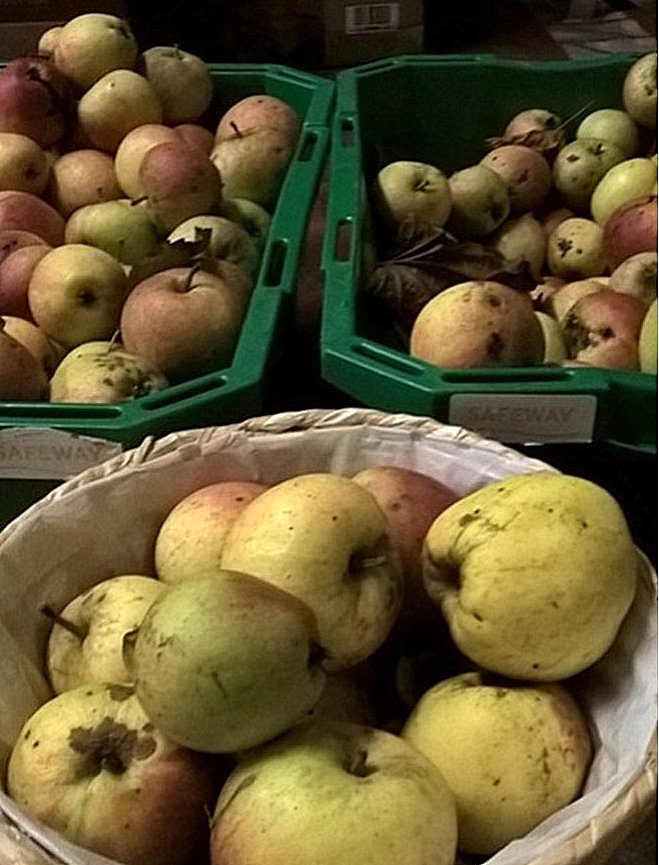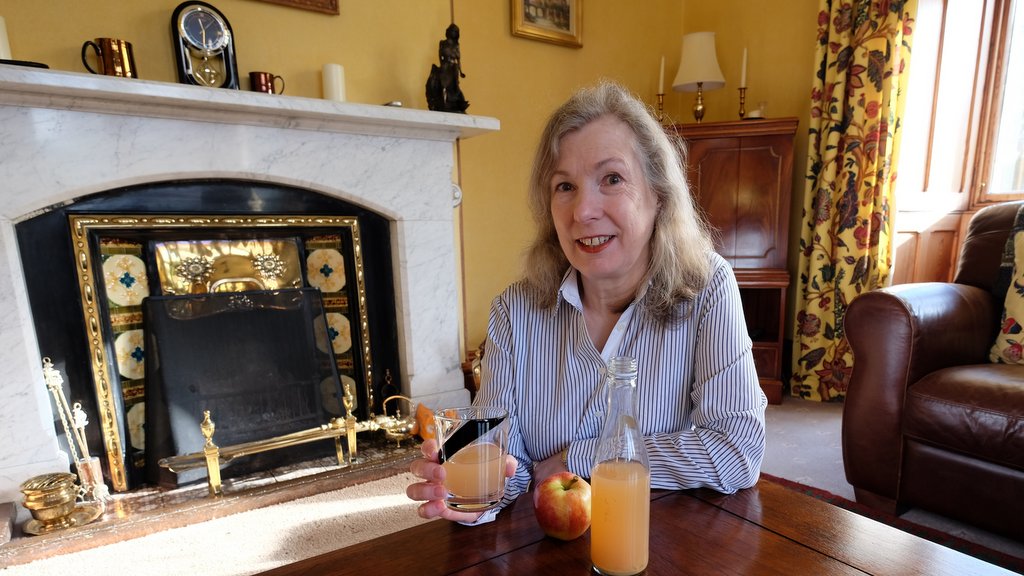Scotland's Best B&Bs
What a brilliant year last year was for apples. The weather and bees did us proud and the eating and cooking apples in Glebe House garden were abundant. Now, I’m all for apple tart, pie, crumbles strudel, muffins and apple pastries (I serve these every breakfast by the way), apple puree and sauce but sometimes there’s a limit! So, I made my first attempt at making home-made apple juice.
 There’s plenty of information of course on the web. For equipment I started off with a small juicer that I’d had for years and to be honest not used much; a filter and stand which I use for redcurrant and blackberry jelly (also from the garden) and brilliantly Malcolm from Kingsmuir House in Peebles (also a member of Scotland’s Best B&B) gave me a box of right sized bottles that he uses in his B&B.
There’s plenty of information of course on the web. For equipment I started off with a small juicer that I’d had for years and to be honest not used much; a filter and stand which I use for redcurrant and blackberry jelly (also from the garden) and brilliantly Malcolm from Kingsmuir House in Peebles (also a member of Scotland’s Best B&B) gave me a box of right sized bottles that he uses in his B&B.
.jpg)
Of course hygiene and food safety are paramount as I wanted to be able to serve the juice to guests so there was plenty of washing, sterilising and working out the best way to pasteurise the apple juice.
My first run in November was rather messy and laborious but I found a rhythm and a process for moving from washed apples to taking out the cores which meant less pulp in the juicer and leaving the filter for a good long while to drain to a stop. Avoiding the temptation to squeeze, though less satisfying, made for a much lighter and clearer juice. I pasteurised in a pan on the stove by bringing the juice up to 78 degrees C for 4-5 minutes before pouring into the sterilised bottles, cooling and putting in the fridge.
.JPG)
I was surprised how much pulp was produced in the juicer which meant a constant clean out of the machine. However, of course nothing really went to waste with the cores, the pulp from the juicer and the filtered remains all going into the compost bin to feed next years’ plants and vegetables.

Here’s looking forward to more juice making.
Sign up to Scotland's Best B&Bs Newsletter to receive our Latest Offers and Packages.

Please feel free to share the content of this page with your friends – simply click on where you would like to share it.